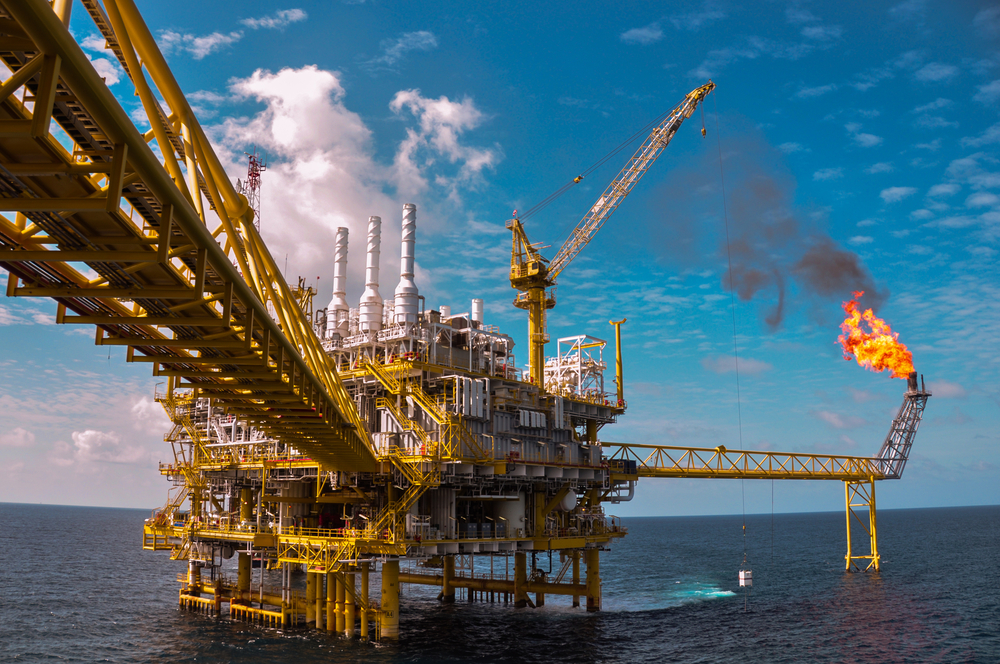If you regularly work with flammable materials, the question shouldn’t be if, but when you’re going to start using a Sharpeye Flame Detector. Built to withstand the harshest environments and atmospheric levels, a flame detector is a sensor designed to detect the presence of any flame or fire in a certain vicinity. Discover the different ways you can benefit from this detection system to make your daily functions safer.
Which Applications Require Flame Detection?
Whether it’s an offshore platform, oil refinery, or gas pipeline, flame detectors are self-contained, stand-alone units that are designed to easily connect to alarm systems and automatic fire extinguishing systems.
For many facilities, keeping a watchful eye on every piece of equipment or confined space can be difficult. With the Sharpeye flame detector, safety managers can trust in the long term reliability and overall versatility of the detection for full control. Take a look at some of the most common uses for these detectors in today’s oil and gas industry.
- Offshore Oil and Gas Platforms
- Hydrogen Detection
- Perimeter Protection
- Ventilation Systems
- Floating Roof Tanks
1) Offshore Oil and Gas Platforms
Considered vital installations for any company, oil and gas platforms require advanced monitoring equipment due to the nature of their changing environment. One of the most useful applications of these detectors is to monitor the flammable concentrations of gas entering HVAC ductwork, allowing safety personnel to take preventive measures before a hazardous incident were to occur.
2) Hydrogen Detection
Fires caused by extreme levels of hydrogen gas is one of the most dangerous situations in an oil and gas facility. Flames from hydrogen fires are virtually invisible and difficult to contain, posing unique challenges to emergency personnel during an accident. With a flame detector with IR sensors, you can efficiently reduce the chances of fire by monitoring the concentration levels of hydrogen gas in a particular area.
Pro Tip: Install a gas detection system with multiple sensors so that you can monitor the levels of different harmful gases in your area.
3) Perimeter Protection
At many plants and refineries, there is a need to ensure the perimeter of the facility is constantly monitored for signs of vapor clouds that may threaten other areas of the plant or nearby populated areas. To ensure 24/7 monitoring, flame detectors can be installed to provide fence-line perimeter protection that can detect harmful gases from a long distance. With a reliable way to protect your facility asa whole, you can ensure the safety of your team and reduce the chances of uncontained wildfires.
4) Ventilation Systems
While there are many areas within an oil and gas facility that pose a hazard to fire or explosion, it is often the ventilation systems of a facility that lead to hazardous situations. To guard against this, sharp flame detectors can be mounted in the ventilation ducts around your area. By taking samples of the air already being disseminated throughout the facility, you can be one step ahead of the possibility of fire.
In addition to standard ventilation systems, flames can also be present in air intake turbines, a certain threat for oil and gas applications. If flammable gas clouds are not detected early enough, they can get sucked into an air turbine and lead to uncontrolled explosions that can quickly spread to many parts of a refinery.
5) Floating Roof Tanks
Due to the use of floating roof tanks to store crude oil and petroleum-based fuel products, it’s possible vapors may escape the tanks and result in a catastrophic explosion. This is often due to faulty seals often found in these roof tanks, which is why gas detection is crucial. To prevent roof tank explosions, Sharpeye flame detectors can be installed on these tanks to alert workers to broken seals and pre-flammable conditions.
Keep a SharpEye On Your Safety
Engineered with sensors to detect hydrocarbon-based- fuel and gas fires, our line of sharpeye flame detectors provides the durability needed for continual safety. By taking advantage of these detectors, you’re guaranteed a minimum of 150,000 hours of reliability and an automatic and manual built-in-test to ensure the best operation possible. If you work in the oil and gas industry, don’t hesitate to equip yourself with the highest quality fire protection.
Not sure which flame detector is right for you? Get in touch with our team for more information about our selection of sharpeye flame detectors.

